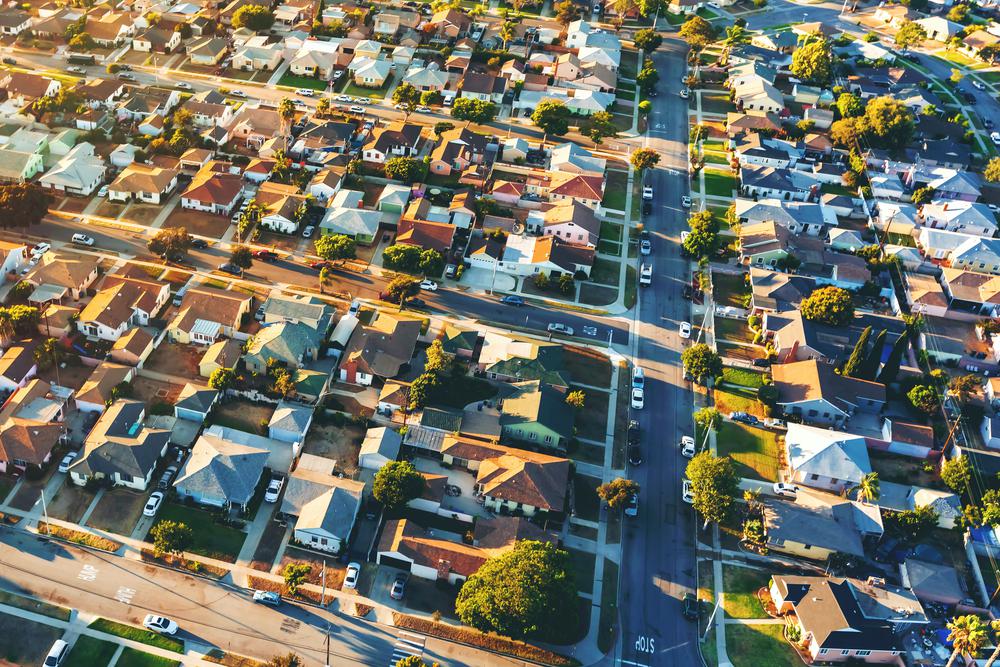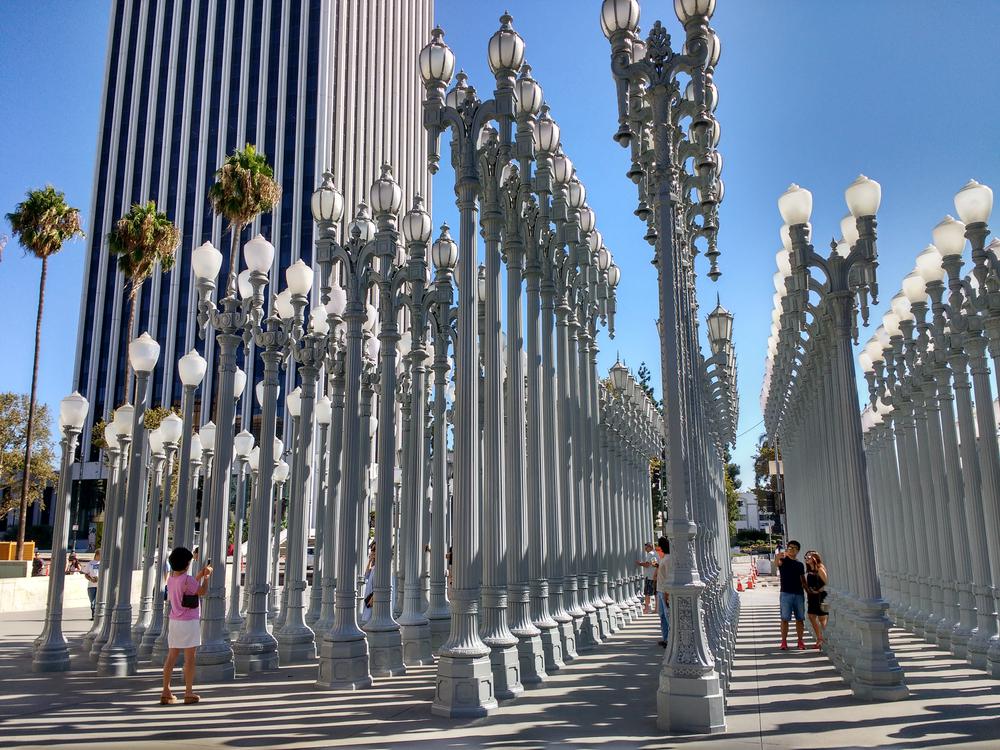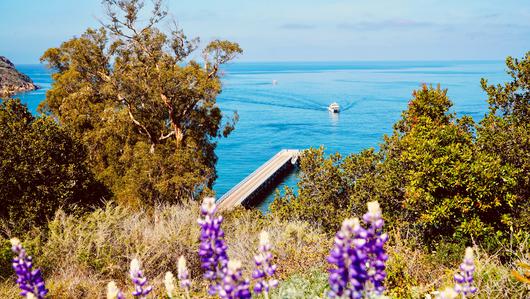5 Things to Do in Little Tokyo, California
Never been before? We’ll be your trustee Little Tokyo guide with a day’s worth of fun things to do in Little Tokyo.

Black migrants who came to the west largely impacted the state that made the United States one of the most powerful countries in the world.
California’s economy is the fifth largest in the world? Yet, despite being the pillars of such a successful economy, Black Californians have been marginalized for centuries. Given that California almost became a slave state, Black people couldn’t testify in court, segregation was legal, and systematic injustice was a normal occurrence. The ladder to the Golden State’s success began with Black California—Black migrants who came to the west largely impacted the state that made the United States one of the most powerful countries in the world.
While we’ve come a long way since slavery, the fight for equality and racial justice persists. From the Black Panther Party to the Black Lives Matter movement, challenging the status quo is necessary to voice the unheard.

Like many tales of the West Coast, the story of Black California began with the search for opportunity. And the Gold Rush offered exactly that—and in abundance. The mid-1800s Golden State became home for many African American families who flocked from all over the country looking for better economic promises.
Simultaneously, as California was transforming from a wild western frontier to an actual state in 1850, politicians were having their own debates about change. Many believed that slavery was lawful and called segregation just—some even requested for African American people to be banned from the state entirely. Those intentions were obviously unsuccessful.

Does your business rank among the best in California?
nominate a businessLearn more about our selection criteria and vetting process.
Black migrants arriving in California during the Gold Rush years were able to find pretty good living and working conditions. At first, their prospects were narrow, with cooking, housekeeping, hair services, and laundry being among the more predominant career paths. But in what seems to have been a flash, job opportunities for Black Californians surpassed the domestic realm. Residents like Mary Ellen Pleasant, a Black woman who was a Gold Rush-era millionaire and an abolitionist, were among many successful business owners.
While the Golden State’s Black residents came from all walks of life, one group, in particular, became instrumental in the socio-political successes of the state—the Black middle class. Along with the middle-class status came education, knowledge of the state courts system, and the economic ability to fight oppressive policies. This was the demographic in California which shaped the Black neighborhoods we know today.

Historian William Loren Katz, author of The Black West, estimates Gold Rush-era Black California’s wealth at “$2 million in assets”. That amount reaches more than $60 million by today’s standards. Katz goes on to say that more than half of that wealth was located in Black neighborhoods in San Francisco. However, while people were literally digging for gold in hopes of making it big, Black people were faced with limitations and restrictions in terms of job opportunities—business and service is where they were employed. This by no means suggested that Black people weren’t fighting for their rights; their victories to eliminate racial injustice were nothing short of monumental.
Black residents of the Bay Area were the ones who shaped their communities during the Gold Rush era with storefronts. In fact, nothing was more Bay Area than a Black business owner at the time. Educated and wealthy Black residents established newspapers, became entrepreneurs, and made S.F. boom like never before. An African American man named William Leidesdorff constructed and owned the city’s first hotel—the City Hotel.
The Bay Area had no shortage of Black activism. Oakland is famously home to the Flood family. Elizabeth Scott Flood and her daughter, Lydia, fought tirelessly for education and children’s rights, making immeasurable strides for many to come. Jeremiah B. Sanderson, an activist and educator, established a Black school in Sacramento, made significant efforts to improve the quality of education for Black children in S.F., and was a well-respected pedagogue in the state.

Dubbed a “hidden treasure” by locals, Visitacion Valley is nestled on the northern end of the San Francisco peninsula. Viz Valley has long been home to factories, farms, and numerous public housing complexes. The neighborhood is also home to a sizable Black population. The mass influx of African Americans in Viz Valley was caused by the construction of the nearby Hunters Point Naval Shipyard during WWII.
The Fillmore District buzzes with museums, trendy eateries, and designer boutiques—everyone knows it’s the entertainment hotspot. But did you know that this neighborhood began housing large numbers of Black people after the 1906 earthquake? The district was also conveniently located by the Hunters Point Naval Shipyard. However, in the 40s, the Fillmore District flourished as one of the biggest jazz scenes in the state. And while the African American population has declined in recent years, this neighborhood still carries remnants of what was once the “Harlem of the West.”

Everyone probably knows the story of how the City of Angels came to be. On September 4, 1781, the 44 settlers known as “Los Pobladores” established a land we’d soon be calling Los Angeles. What is usually excluded from this narrative, however, is that 26 of those settlers were of African descent.
Indeed, Black neighborhoods in Los Angeles played a vital role in forming the state. Pio De Jesus Pico, the first governor of the area had origins tracing back to Africa. Paul R. Williams, a well-known Black architect whose artistry can be seen behind many iconic houses and buildings, was a huge contributor to the appeal of the cityscape.
With time, Black-owned businesses started popping up all over Los Angeles County—soon enough, the region was enlivened with vivid murals too. African American neighborhoods in Los Angeles revitalized the city with rich history, exceptional talent, and a culture that thrived forevermore. Many distinguished Black people influenced not just L.A., but California as a whole.
Leimert Park—the cultural heartbeat of Black L.A.—has served as a hub for African Americans ever since its establishment in the 1920s. The neighborhood is nestled in the South Los Angeles region, home to Leimert Park Village. Commonly compared with Harlem and Greenwich Village, this area brims with blues and jazz clubs, poetry-reading venues, and musical theater performances. Leimert Park also houses the longest-running hip-hop open mic in the world, Project Blowed.
Ranking third among the top 10 richest Los Angeles Black neighborhoods in the U.S. is Ladera Heights, an affluent area with a Black population of 73 percent. Established in 1940, this neighborhood has been home to quite a star-studded bunch. Frank Ocean, Tyler, the Creator, Vanessa Williams, and iconic female athlete Lisa Leslie have all called Ladera Heights their home.

While not a majority African American neighborhood in Los Angeles, Mid-Wilshire—home to Little Ethiopia—stands out for its diversity and cultural significance. Commonly referred to as the “Miracle Mile”, the neighborhood was the first main thoroughfare in L.A. built for car traffic. Its Art Deco-style buildings housed major retailers in the 1920s and 1930s, and are still frequented by art buffs today. The Los Angeles County Museum of Art, (aka one of the top 10 L.A. museums to visit) is located here. Mid-Wilshire was also home to the “Dean of Afro-American Composers,” William Grant Still.

Despite the fact that Vermont Knolls is relatively small, this Black neighborhood in Los Angeles is home to about 23,000 citizens, 43 percent of whom are African American. Located within the South Los Angeles Region, Vermont Knolls is considerably quieter compared to the other neighborhoods mentioned. Fun fact—this Black neighborhood was the original location of Pepperdine University, now located in Malibu.


Never been before? We’ll be your trustee Little Tokyo guide with a day’s worth of fun things to do in Little Tokyo.

People go on Memorial Day weekend getaways as an indirect celebration of life. How do you plan on celebrating the long weekend?

From undulating mountains, to coastal expanses, to verdant forests, here are some of the top spots for backpacking in California.

Settled off the California coast, the Channel Islands offer endless adventures. Here are the best things to do and how to get there.

